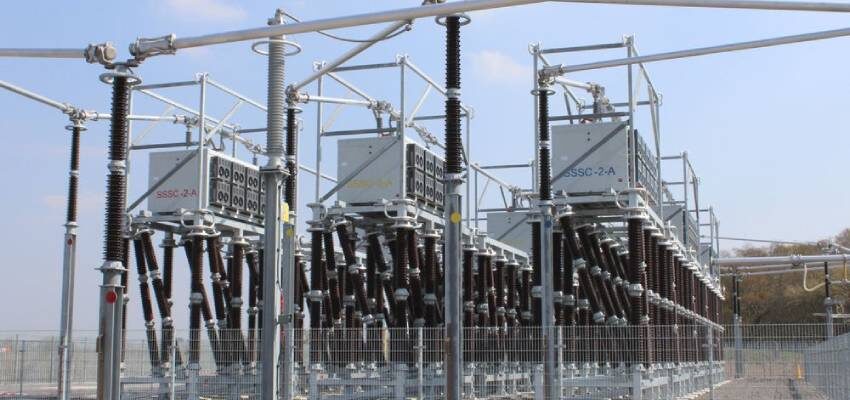National Grid to unlock additional 500 MW
UK: National Grid Electricity Transmission (NGET) has confirmed that it will be expanding its use of SmartValve technology to unlock an additional 500 MW.

Image source: Electrical Review
UK: National Grid Electricity Transmission (NGET) has confirmed that it will be expanding its use of SmartValve technology to unlock an additional 500 MW.
The tech was deployed for the first time earlier this year.
SmartValve works by intelligently routing electricity through the grid to prevent bottlenecks. Previously, the system was set up so that if one circuit reached capacity, the entire network would be unable to accept any more electricity. This technology avoids that issue.
It is also not surprising to see the expansion, as the company confirmed that it was looking to extend the capability to Harker and Penwortham in the autumn. At the time it said this would mean freeing up an additional 500 MW of capacity, enough to power more than 300,000 homes, and that is exactly what it expects to happen.
National Grid is unlikely to stop there, however, with the company noting that the modular nature of the technology means that new SmartValves can be easily added to existing projects, and installed devices can be moved between sites depending on the capability required on each circuit at any point in time.
The deployment design is optimised for scaling up or down the project size, meaning that expanding the project is possible within the existing site footprint. This enables faster installation timeframes, minimises additional site works and costs, and avoids disruption to local communities and the environment.
Zac Richardson, Director of New Infrastructure, commented, “At NGET we are committed to finding new ways to make the most of our existing network, delivering a cleaner, fairer and more affordable energy system that serves everyone. Our Smart Wires project is using new technology at substations in the North of England to unlock extra capacity, allowing greater volumes of renewable power to be efficiently transferred to customers.”
The project expansion is expected to be completed in 2022.
Source: Electrical Review
#expansion#National Grid Electricity Transmission#SmartValve technology#UK




